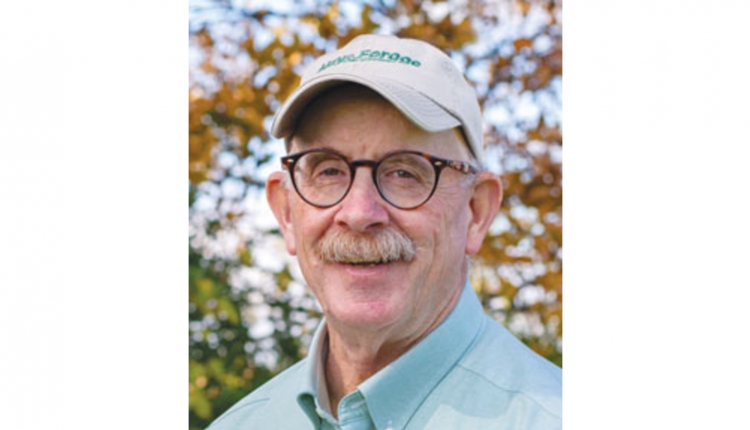
Those were the days when getting lost was a frequent occurrence, and yet, there was an extreme sense of pride when that gut instinct got you back on track. My dad mounted a compass on the dashboard of every car we had to help supplement the gut instinct factor. Even if we were on the wrong road, at least we were going in the right direction. It seemed like a reasonable approach to me but not to my mom, whose directional gut instinct was only at a level to keep her within the contiguous states and Canada.
Google Maps and similar software has, for the most part, eliminated the need for gut instinct. These apps tell us the best way to get to our destination and what time we’ll arrive. Wouldn’t it be nice to have such an app for our lives and farm businesses? For these things we still have to turn left or right based on knowledge, experience (ours or others), and gut instinct.
This November offering of Hay & Forage Grower is our unofficial alfalfa issue. At this moment, it seems to me that the “Queen of Forages” is in need of a directional app. Many good things are happening in the alfalfa space, but at the same time, there are also troubling trends and some need for direction.
A few years ago, the University of California’s Peter Robinson wrote an article for this magazine titled “Alfalfa at a crossroads.” In other words, it is in need of Google Maps. The dairy extension specialist outlined some of the headwinds and tailwinds for alfalfa in his home state, but they also apply on a grander scale. Since 2005, alfalfa has experienced a 30% drop in harvested acres among states that report both hay and haylage production. At the same time this is occurring, alfalfa’s economic value is at an all-time high.
In 2002, the USDA reported that there were 3.2 million acres of new alfalfa seeding established in the U.S. That number dropped in half in 2021; it’s not difficult to understand why breeding programs and alfalfa seed brands have consolidated or succumbed to winterkill during the past two decades. Based on the current alfalfa rumor mill, those entities will decline even further in the months to come. Already in the rearview mirror have been significant losses at the land-grant university level in terms of alfalfa researchers and the near disappearance of public variety performance testing.
The reasons for the drop in alfalfa acres varies with region — you’ve heard most of them — and yet . . .
There are many reasons to be optimistic for the crop if we stay on the right road. Alfalfa remains the third or fourth most valuable crop grown in the U.S, and although we might still take it’s agronomic, environmental, and utilization benefits for granted, I don’t see the endangered species list in its future.
Corn silage isn’t going away as a foundational dairy ration ingredient. Fortunately, alfalfa is a perfect complement to the feed that is half grain and low in protein. The book is still out on annual forages and cocktail mixes as replacements for alfalfa. Unlike alfalfa, these crops need to be seeded every year, which seed marketers like. One knock on alfalfa is that it isn’t always consistent from a performance and forage quality perspective. Annual forages bring both of those factors to an even greater level of concern.
Alfalfa’s agronomic and environmental benefits have always been underappreciated. The current value of the nitrogen supplied per acre by a terminated alfalfa crop is, in most cases, equal to or greater than the cost originally invested in top-end alfalfa seed.
At least in the mid-term, water will likely remain a limited resource in the West, and although the level of alfalfa feeding on Western dairies has dropped, alfalfa hay exports to China remain strong. It’s difficult to imagine that this market won’t continue to be served. In the southeastern U.S., alfalfa is actually finding a role as a comeback player.
So, what direction is alfalfa going? The recent trendline would suggest down, but greater public research and development investments and some directional gut instinct may help flatten that line and send alfalfa in a new, yet unseen, direction. If only Google Maps could help.
This article appeared in the November 2022 issue of Hay & Forage Grower on page 4.
Not a subscriber? Click to get the print magazine.

